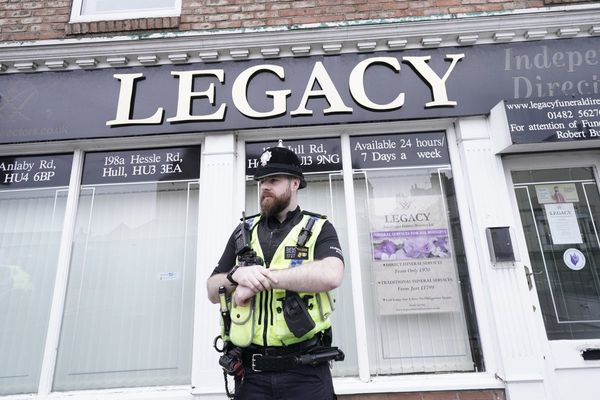Bars and restaurants know that price tends to move the liquor. If you slap a bargain price on the bottle, then customers will avoid it no matter what’s inside. If you ask for twice as much money per glass and put that bottle slightly too high to reach, it’ll sell without even trying.
Stocks often obey the same rules. Investors assume that there must be something wrong when a company’s share price dips low, and they don’t want to miss out on what a high-priced business is doing right. This isn’t irrational behavior; in fact, the entire purpose of a stock market is to deliver exactly these pricing signals. (Capital gains are just a byproduct of that core signaling function.) But it also isn’t always right.
Bottom shelf stocks can often, very often, be your friend, Real Money Columnist Paul Price argues.
“I often get calls from subscribers who feel nervous about holding, or buying more shares, of stocks after they've taken huge drops," Price wrote recently. "Analysts feel obligated to downgrade stocks like those, as it's embarrassing to have buy-rated shares that look horrible. Investors, though, only have to please themselves.”
“Here,” he adds, “is what happened with 10 of my retail company selections from their Covid-panic bottoms to their subsequent peaks. Almost nobody else was recommending these in the spring of 2020, as many stores had been ordered closed. Operating losses were the order of the day, as none was designated as an ‘essential’ business.”
Readers probably won’t be surprised to learn that most of those 10 stocks took a beating during the 2020 “flight to safety.” Investors bailed out of entire sections of the market, trying to escape almost all equities.
Then they flooded right back in. These stocks had plummeted due to systematic risk, issues that affected the entire stock market. (In this case, a generalized investor fear of covid.) But the companies behind the shares were still solid firms with a good business model.
“The key takeaway was that brave souls who flaunted analysts' bearish recommendation made out like bandits. That is when other people were more than willing to part with perfectly good shares at unusually great forward valuations.”
But hindsight is 20/20. The real question, Price writes, is “what looks today like those other companies did back in March of 2020?” His answer is an at-home retailer that performed well during the pandemic but which has suffered in the rebound.







